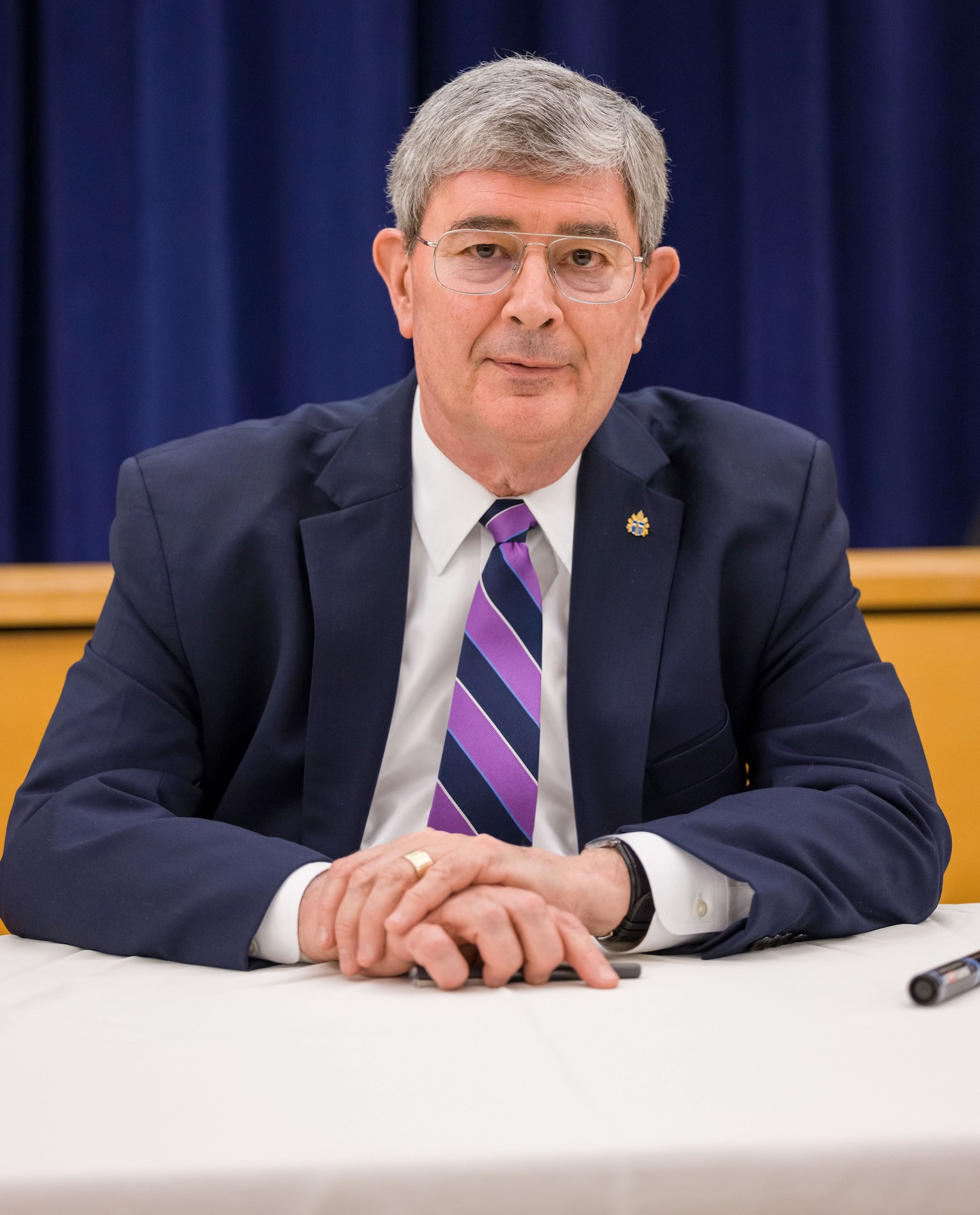According to the Vatican yearbook, the Annuario Pontificio, there are north of five thousand Catholic bishops in the world today. They share certain characteristics and attributes. But I doubt that there is any other among them who would open a pastoral letter on “The Joy and Wonder of Catholic Education” as Bishop James Conley of Lincoln, Nebraska, recently did:
I am not one of the millions of children who received a Catholic education in this great country. Nor was I Catholic when I showed up as a freshman at the University of Kansas in the early 1970s. My main interests at the time were basketball and the Grateful Dead, and KU had them both!
Bishop Conley is a friend of long standing, although I have never been able to appreciate his appreciation for the Grateful Dead—any more than I could appreciate the affection of distinguished Polish Dominicans I know for Deep Purple. “60s Gold” is one of my most listened-to stations on Sirius XM (which may confirm the views of some that I’m a closet modernist). But I draw the line on electrified sixties’ music at the Byrds, the Mamas & the Papas, Chicago, the Grass Roots, and Creedence Clearwater Revival. Or thereabouts.
But I digress.
In his pastoral letter, which should be read by every Catholic educator at every level of Catholic education, Bishop Conley describes his conversion to Catholicism amidst his undergraduate experience of classic liberal learning and the Great Books at KU. He then borrows from our mutual friend, Vancouver’s Archbishop J. Michael Miller, C.S.B., to propose five “essential marks” of an authentically Catholic education. Let me briefly note those, offering my own reflections on each as a supplement to Bishop Conley’s explication of what we might call “Miller’s Marks.”
An authentic Catholic education is inspired by a supernatural vision. We are not congealed stardust, the fortuitous result of impersonal cosmic biochemical forces that just happened to result in . . . us. No, we are creations, formed by a loving creator for eternal communion within that creator’s light and love. We learn our true dignity as human beings when we come to know that we are made in the image and likeness of God. Catholic education thus liberates us from cynicism and its cousin, despair, to live in awe and wonder at what we are, and how everything that is came to be.
An authentic Catholic education is founded on a Christian anthropology. We are not made for self-satisfaction alone. Nor are we individual monads, sentient billiard balls careening around a terrestrial pool table and occasionally colliding. There is a human nature, and that human nature is ordered to holiness. We are made to be saints, and we become saints through relationships with others called to holiness by the sanctifying, triune God. Catholic education should thus inspire a burning desire to be more, rather than just to have more, even as it helps us understand that “being more” is a work of grace, not merely of our efforts. Catholic education should draw us to be like Christ, who, as Vatican II taught, reveals the truth about us as well as the truth about God.
An authentic Catholic education is animated by communion and community. The “actors” in Catholic education—students, parents, teachers, coaches, administrators, consecrated religious, priests, deacons, bishops, philanthropists—are like the cells of a living body: each distinctive, but each intrinsically related to all the others. That communion is best experienced in a Catholic school’s spiritual and sacramental life (especially in the Eucharist), but also through a Catholic education that immerses us in beauty through music and the visual and dramatic arts. Catholic education is also education for responsible citizenship, not a bunker in which to hide from the surrounding cultural chaos: Catholically educated Catholics work to convert the culture, and thereby renew public life.
An authentic Catholic education is imbued with a Catholic worldview throughout the curriculum. Chemistry is chemistry, physics is physics, and math is math. A Catholic education, though, will approach those disciplines as doors through which we come to know the divine ordering of the universe, not just the periodic table, relativity theory, or quadratic equations. All truths tend toward the Truth, who is God. Catholic education fosters that sensibility.
And authentic Catholic education is sustained by gospel witness. Truly Catholic schools are shaped by truly Catholic teachers and staff, who model Christian virtues in their own lives and urge their students to live those virtues in service to others.
In that kind of education lies the hope for rescuing our culture, our nation, and indeed, our civilization.
George Weigel’s column “The Catholic Difference” is syndicated by the Denver Catholic, the official publication of the Archdiocese of Denver.

George Weigel is Distinguished Senior Fellow of Washington, D.C.’s Ethics and Public Policy Center, where he holds the William E. Simon Chair in Catholic Studies.
First Things depends on its subscribers and supporters. Join the conversation and make a contribution today.
Click here to make a donation.
Click here to subscribe to First Things.
Photo by Yan Krukau, provided by Flickr. Image cropped.

